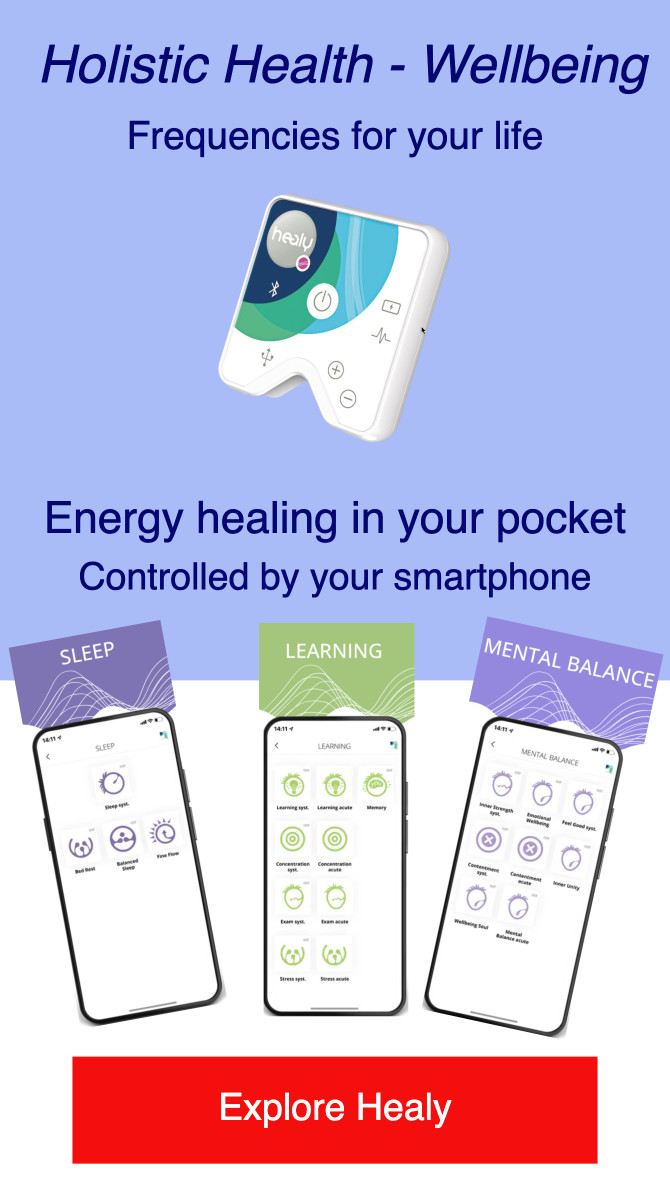Behavioral symptoms of autism spectrum disorder (ASD) often appear early in development, and many children show signs of autism between 12 and 18 months of age or earlier. If autism is detected in childhood, treatment can take full advantage of the remarkable plasticity of the young brain. No one will diagnose a child under the age of two; however, it is important to be referred to a developmental pediatrician as soon as possible, as it may take time to organize it. If signs are detected at 18 months of age, intensive treatment can help reconfigure the brain and reverse symptoms.
It is also important to note that females present themselves differently on the spectrum. A study published on September 21 in the Journal of Autism and Developmental Disorders showed that 15-month-old babies, whether diagnosed with autism or not, tend to make less “social smile” when looking into someone's eyes than control them. Approximately 40 percent of infants subsequently diagnosed with autism showed abnormalities in the way they tracked visual objects compared to approximately 10.5 percent of infants who did not receive a diagnosis of autism. Autism Speaks Ad Council's multi-year public service advertising campaign highlights the importance of recognizing early signs of autism and seeking early intervention services.
I have a daughter with autism who didn't quite fit the traditional autism profile like her brother did. While many doctors don't diagnose a child with autism before age 30 months, they will be able to use screening techniques to determine when there is a group of symptoms associated with autism. Early detection and intervention are key for children with autism spectrum disorder (ASD). If you recognize any signs or symptoms associated with ASD, it is important to seek help from a qualified professional as soon as possible. With early diagnosis and intervention, children can learn how to manage their symptoms and lead successful lives.




